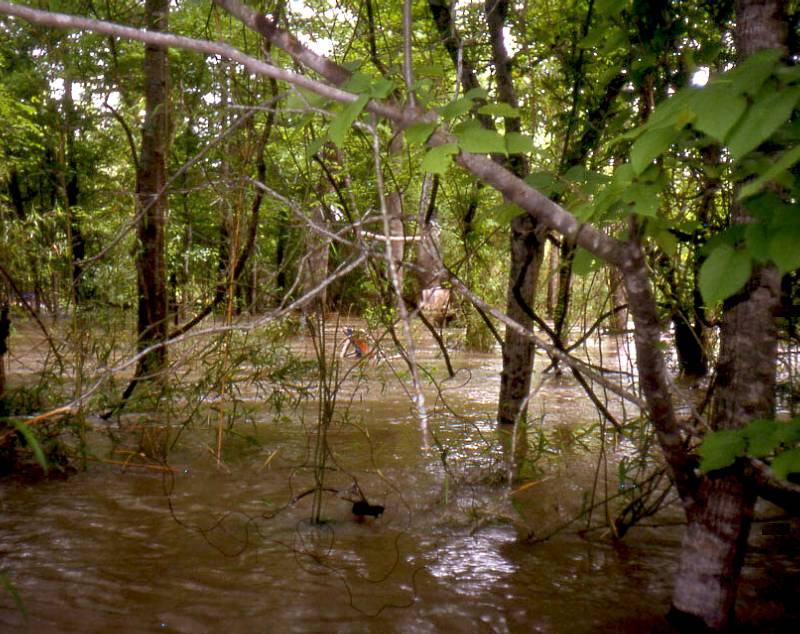Wetlands contain the most productive plant and animal communities in the world. And although there are many types of wetlands, bottomland hardwoods are particularly important. Not only because these areas serve significant ecological functions, but also because these bottomland wetlands are critical for local and migratory wildlife. Specifically, waterfowl use bottomland hardwoods for nesting, feeding, and wintering habitat. Landowners interested in providing better wildlife habitat should consider wetland management.
Bottomland wetlands are typically comprised of hardwood forest and the dominant tree species vary by latitude and geography. Bottomland forest are more productive than upland forest and the wildlife associated with them is different. Understanding the value of bottomland wetlands to wildlife is critical, and there are many practices that landowners can implement to improve and enhance natural bottomland wetland areas. The keys to providing quality river bottomland habitat for waterfowl include the following habitat management practices as outlined below.
Properly manage desirable hardwood tree species that produce mast. Mast is a fancy term for the fruits and nuts that different tree species produce. For example, oaks produce mast, which are commonly referred to as acorns. Harvest trees with waterfowl needs in mind. Mark the trees to be cut according to a recommended method depending on the kinds and age of tree present. Also, seek the advice of a local wildlife biologist and/or forester.
Manage livestock grazing so and white-tailed deer as to allow for regeneration and production of desirable timber and herbaceous plant species. Livestock Consider removing livestock one to two years before and after harvesting trees so as to allow for adequate regneration of desirable species.
In addition, the manipulation of water during the fall, winter, and spring is sometimes an option. If the area does not flood naturally at a frequency and duration that has been satisfactory for providing quality waterfowl habitat, then a greentree reservoir may be an alternative if proper age and speices of hardwoods are present.
Flood the greentree reservoir with 6 to 18 inches over 80% of the area from October 15 to March 15. Drain the reservoir from March 15 to October 15 to prevent damage that can be caused to live trees during the growing season. This will also allow for regeneration of vegetation. It is desirable to leave some water through August 1st for wood duck brood rearing areas.
Manage desirable bottomland trees such as willow oak, water oak, cherrybark oak, nuttall oak, bald cypress, and tupelo gum. If desirable trees are not present, plant the area to the adapted desirable species. Also, if the entire flooded area has a dense tree canopy, small openings from 1/2 acre to 5 acres should be created to improve accessibility for ducks. These areas will also help to provide a variety of vegetation types. Mow, disk, or graze these areas during the summer as needed to improve plant species compostion and increase plant diversity.
Lastly, consider fencing the reservior to prevent over grazing or continuous use by livestock. Control undesirable plant species and consider installing wood duck boxes with predator guards for cavity nesting birds. Follwing these wetland management practices will improve your bottomland wetland for nesting, feeding, and wintering waterfowl. Better waterfowl management starts with making better habitat, and you can start making better habitat today!
